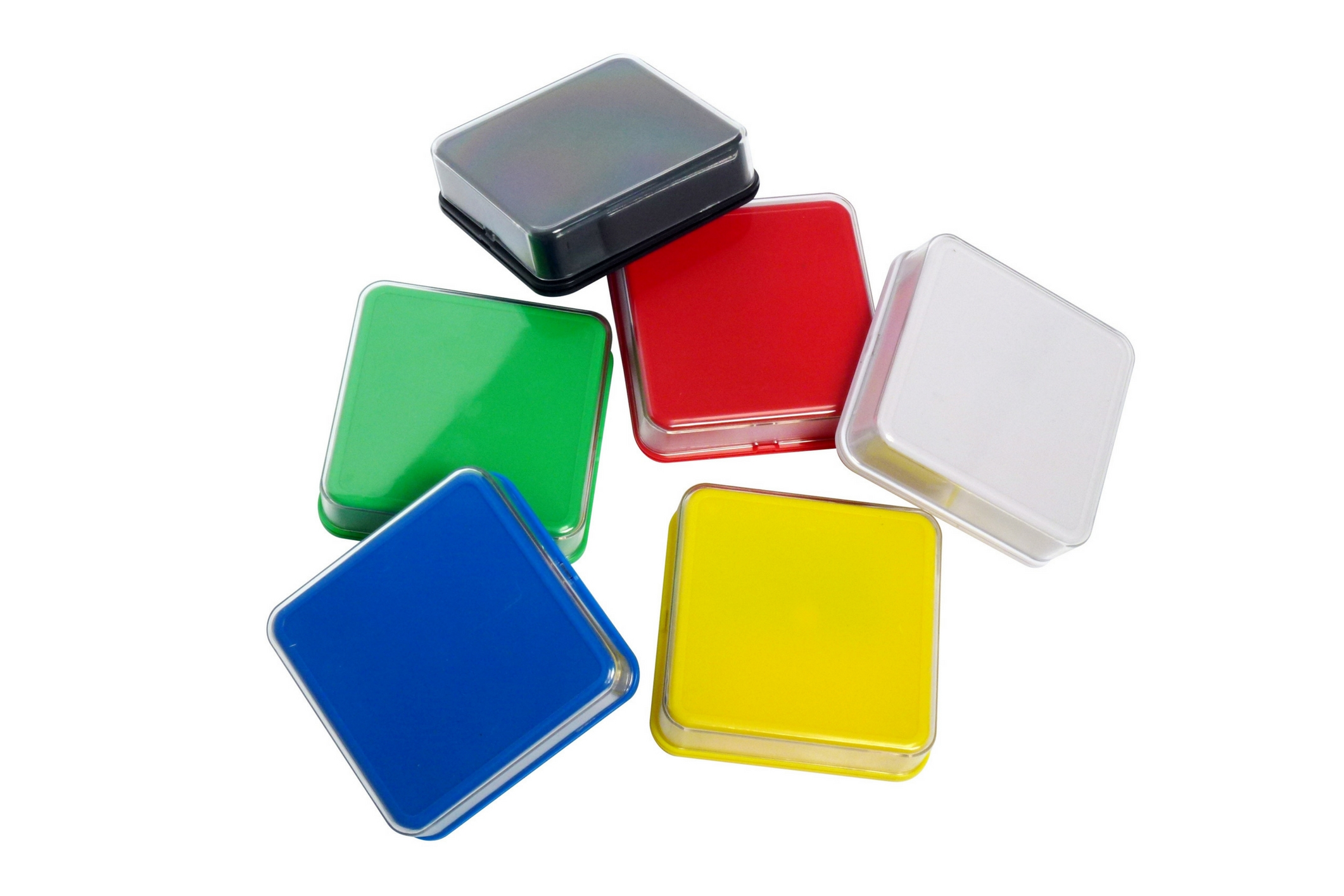BLOG


Benefits of a Visual Schedule for Special Needs Kids (Product)
A visual schedule is a daily routine put in place where the child can see it. Parents who are homeschooling kids and those with children of special needs use visual schedules as a means to curb meltdowns and keep the day to day routine going as normally as possible. If you’re looking to use a visual schedule to help your special needs child, these are some of the benefits you can receive when going for it.
Benefits of a Visual Schedule
Read on to know more about the benefits of a visual schedule.
- Removes Emotional Response
Having a visual schedule makes the day to day life more of a routine and expectation versus an emotional desire. Children who have a visual schedule in front of them each day know what is expected of them and that there is no negotiation. This enhances your special needs child’s independence, because they don’t have to rely on you to tell them what to do and when. They can use this visual schedule to get their daily tasks done without asking any questions.
- Makes Transition Easier
This is very helpful for children with autism, who tend to thrive on routine and have difficulties with transitions. Having a visual schedule up in plain sight ensures that your child will know what time things will happen throughout their day. You can also include times of day where certain activities or changes will occur. Having this setup for your children can ease the burden of transition throughout the day and minimizes meltdowns.
- Increases Flexibility
Having a visual schedule up each day is a great way to encourage flexibility within your child. Sometimes, a life change in their schedule will occur and you can change up the visual schedule to prepare your child for that upcoming change. Using the visual schedule as a tool to prepare for changes will increase your child’s ability to be flexible with a new activity or routine change before it happens.
- Educates on Time
Children often struggle with the concept of now, later or after time lapse. An hour could seem like just 10 minutes to them if they are engrossed in their favorite activity. A visual schedule can help educate your child on time lapse. It could help your child comprehend what now, after, later means in a new way that eases the burden on their emotions. It can also help curb tantrums and meltdowns regarding time.
- Set up Healthy Habits
When a child can see what comes next, their visual learning skills are activated. It helps them understand and cooperate better. It can also reinforce memory, independence and mental organization of what’s to come. In addition to these behavioral and psychological benefits, it helps families set up healthy habits with daily routines, responsibilities and schedules for everyone.
These are just some of the benefits of using visual schedules. Often times, children – especially those on the autism spectrum – need to feel that stability and security that comes with knowing what to expect each day. A visual schedule using activity cards can do just that and help your child transition much easily into any task. Get these activity cards at Help Them Shine and set up their visual schedule.

